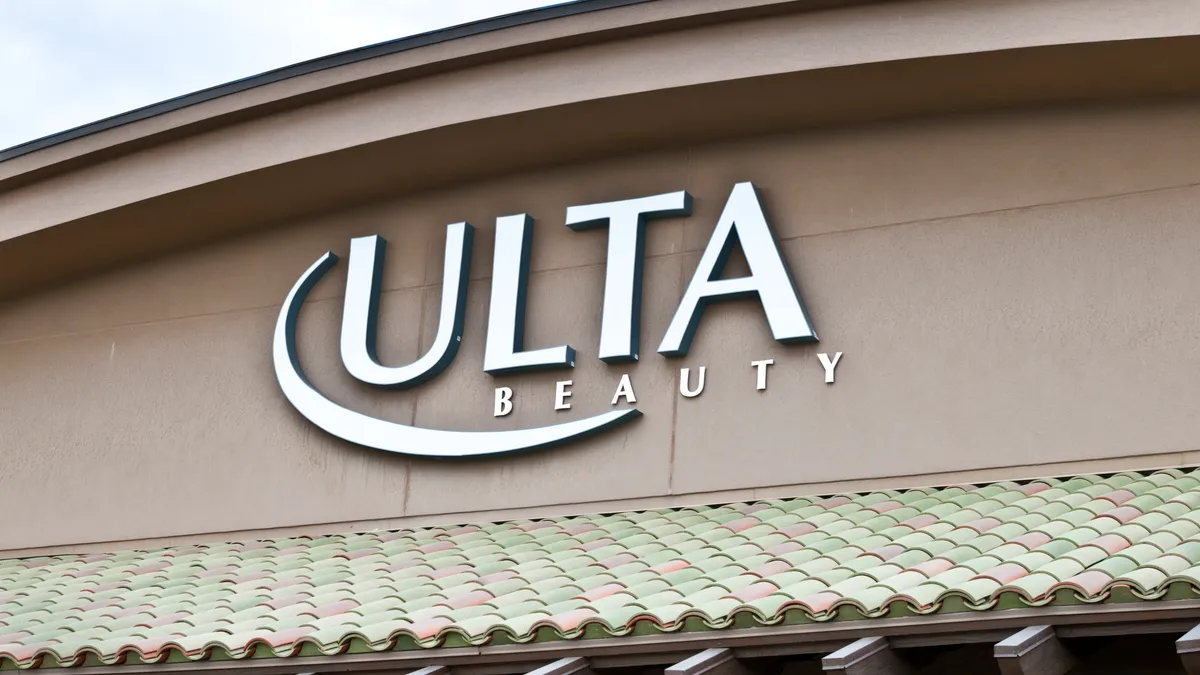The “on-demand” economy is here. Retailers and delivery services are experimenting and expanding with how quickly they can get all manner of things to customers. For the most part, speed is getting faster, and the fees are getting lower, for consumers at least.
The pressure is on, but these companies and their investors seem to be believe that there’s finally a future in prompt, cheap delivery.
But with this bright (and fast-moving) future, retailers could look back at the past—to the mistakes and failures that riddle on-demand delivery. Because, let's face it, the idea isn't particularly new, and there are plenty of mistakes and failures to learn from.
Learning from Kozmo
Many American urbanites will no doubt remember Kozmo.com of We’ll be right over fame. Started around the early 2000s, it was hard to avoid. In New York and other cities its marketing blitz blared far and wide, on kitsch-y swag items like baseball caps and magnets, on the sides of buses, and in television ads.
The idea behind Kozmo—an idea that its former CTO calls “both simple and ridiculous”—was to deliver items, from movies to food, within an hour, no minimums, no charge. And it was true: A bicycle messenger would bring you a new copy of Sleater-Kinney's All Hands on the Bad One for the price of ... Sleater-Kinney's All Hands on the Bad One.
The company never made money that way; needless to say, it wasn’t a viable business model. The operation failed when the dot-com boom ended and its money dried up, and in many ways Kozmo became the poster child for the short-sightedness of that era.
But there are lessons to be learned, for good and for ill, from Kozmo, whose basic setup (plus some minimums and fees, paid by retailers or shoppers) very much resembles the Postmates, Amazon Prime Now, Google Express, and Delivs of today.
Kozmo’s CTO Chris Siragusa, for one, has been running a one-hour service called Max Delivery in Manhattan for ten years, growing the business slowly and—one key difference he notes—making money on every order.
Siragusa says that super-fast, low-cost delivery isn’t just a frivolous way to get consumers’ attention, but a real opportunity to make money.
“What it comes down to is not to think about it as a rush delivery—not so much that it’s a novelty,” Siragusa told Retail Dive. “Our customers are the ones driving this. Some kinds of shopping, like shopping for clothes, is fun. But there are things you don’t want to shop for; it’s a chore, it’s a task."
The speed is necessary because for many items like drugstore products or food, people do want things immediately. Ordering from a service like Max Delivery has “to be more convenient than putting your shoes on and getting in it yourself,” Siragusa says. “That’s why you need the speed.”
Blurred lines
While Siragusa’s Max Delivery and other urban delivery services work to blur the lines between heading out to the store and delivery, retailers must similarly blur the lines between shopping in store and online.
That is, getting things delivered must be quick enough and cheap enough to get shoppers to click “submit” on their orders. The lines between on-demand delivery and "shipping" are also blending somewhat.
Some retailers, of course, are doing both—competing on price with their e-commerce competitors and competing on convenience with brick-and-mortar competitors. In this climate, Target last week lowered its minimum order to free shipping to $25.
“We know that shipping costs are a major barrier for online purchases, and making our free-ship minimum one of the best in retail is just our latest effort to enhance the online shopping experience for guests,” Target spokesperson Antoine LaFromboise told Retail Dive.
LaFromboise said that the retailer’s summertime experiment last year that made it easier for customers to reach its then-$50 minimum order, plus its holiday-time free shipping, no-minimum policy, both helped shape its new $25 minimum.
“We’ve made tremendous strides to make sure Target is priced right against online competitors in recent years,” LaFromboise said. “We will absolutely maintain that focus so that Target’s industry-leading digital growth will continue.”
And those lines must blur for the retailer’s own brick-and-mortar and e-commerce, too. Whether you need diapers, batteries, or salad greens, retailers like Target, Wal-Mart Stores, Amazon, and soon Jet.com, all seem working on the same thing — getting consumers to think of just one retailer when looking to fulfill those needs.
So while customers rank “convenience” and “price” above “speed” when it comes to delivery, it may be that speed is inextricably tied to convenience. That may be why, in some markets, Target is also offering same-day "Rush" delivery.
Is the future here?
It’s hard to know whether some of these services may facing a fate similar to the Kozmo of yore. While investors are still keen on the likes of Postmates, Instacart, and Deliv, many must still fully prove themselves when it comes to consistent profits and growth.
EBay is one retailer that has thrown in the towel, pulling its same-day delivery app in November. And Forrester Research in its report, “Avoid The Rush And Deal With The Realities Of Same-Day Delivery,” released this month warns: “Same-day delivery is not the be-all, end-all of eCommerce fulfillment.”
“In order for a same-day delivery service to make sense, retailers should make sure the right business and market conditions exist,” writes Forrester’s Brendan Witcher. “Indeed, many retailers would realize better returns investing in competencies like omnichannel fulfillment such as ship-to-store and buy online, pick up in store.”





















